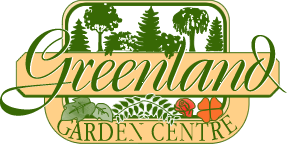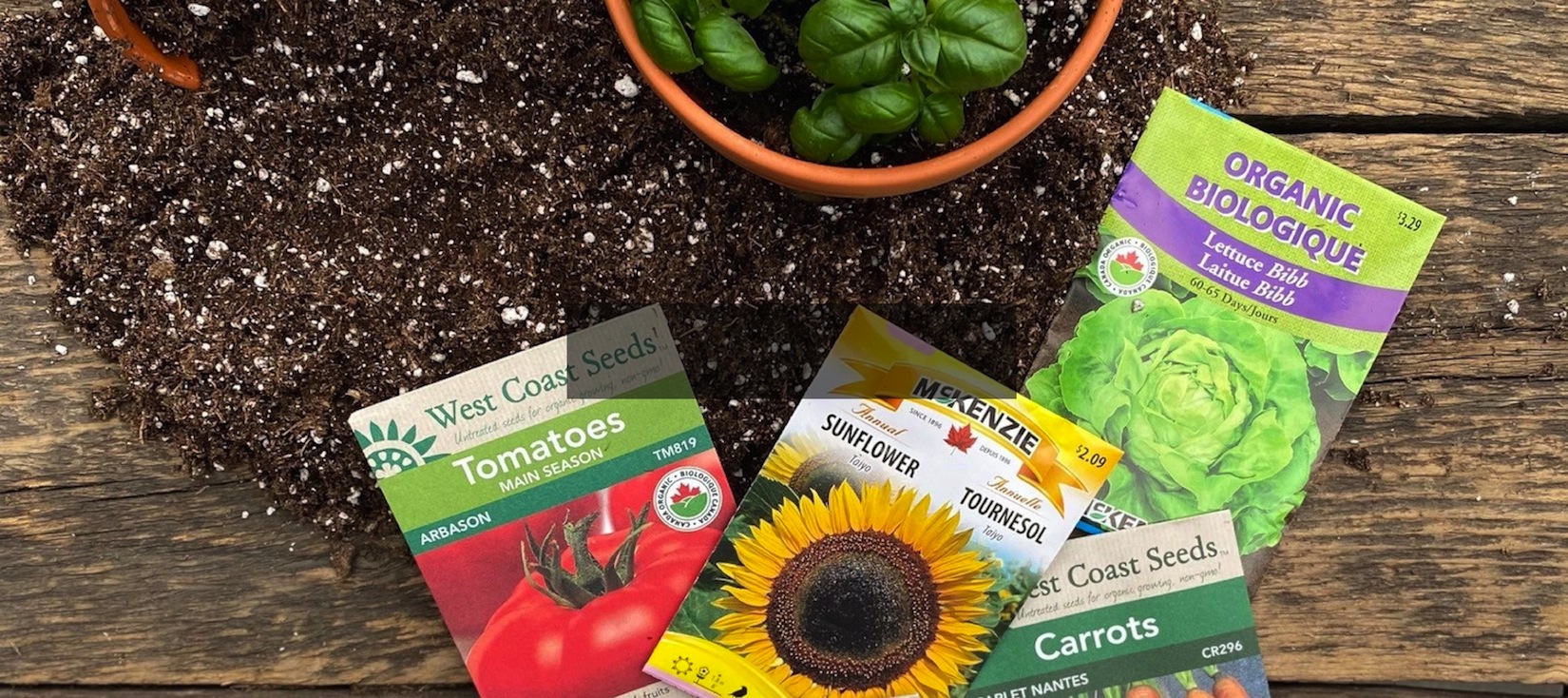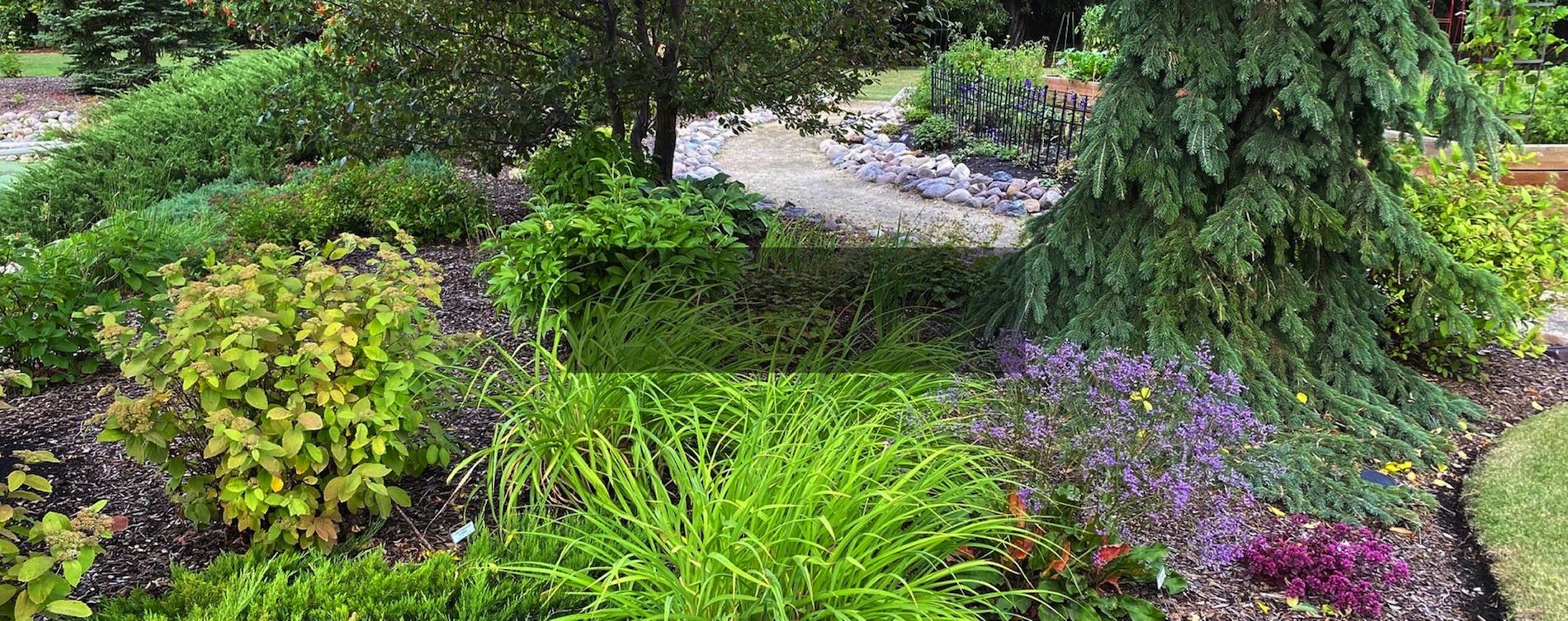What's Bugging Your Evergreens
Insect Pests

Aphids
Plants affected: Numerous indoor and outdoor plants
Symptoms: Severe infestations will cause curling/twisting of foliage, flowers to wilt and drop
Life Cycle: Eggs hatch on host plants in spring, these nymphs give birth to ‘daughters’, within days the daughters give birth – up to 30 generations per summer
Cultural Control:
• Ladybird beetles/larvae, lacewings are natural predators
• Strong jet of water to knock aphids off plants
Chemical Control: Doktor Doom House and Garden, End All

Pine False Webworm
Plants Affected – Pine
Symptoms – Silken feeding tubes filled with needles, frass and cast skins
Life Cycle:
• Overwinter as larvae in soil beneath tree
• Adults emerge in spring, mate and female lays egg on last year’s needles
• Larvae hatch in 2 weeks, crawl to base of needle and feed
• Larvae create tubes along branch from within which they feed
• Feeding complete by late June when larvae drop to ground to overwinter
Cultural Controls – Remove larvae by hand
Chemical Controls: Malathion and BTK

Pine Needle Scale
Plants Affected – White/Colorado Spruce, Scot’s/Lodgepole Pine, Douglas Fir and other Spruce
Symptoms:
- As scale feeds, yellow/green spots develop on needles
- Branches take on unhealthy grey appearance
- Scales are white, appear as flecks of white paint on needles
Life Cycle: Overwinter as eggs underneath the scale hatch in spring and move to other needles and hosts. Mating and egg laying occur in August
Controls – Chemical:
• Malathion – apply shortly after new growth appears in early or Mid June
• Can re-spray in early August before females form their hard shell

Pine Tortoise Scale
Plants Affected – Mostly Scots, Jack and Austrian Pine
Symptoms:
- Scales resemble tiny tortoises up to 1/4″ long. Appear on 1-2 year shoots
- Severe infestations result in decreased plant vigor, sooty mold from honeydew secreted by the insect
Life Cycle: Immature females overwinter, resume growth in spring, mature in June. Eggs are then laid beneath female, up to 500 each!
Controls – Cultural or Non-chemical: Prune away damaged stems
Controls – Chemical: Malathion – apply shortly after new growth appears in early or Mid June, when immature crawlers are active.

Spider Mites
Plants affected: Spruce, Pine
Symptoms:
• Affects lower and center of tree
• Webbing – very fine
• Appears in hot, dry weather
Life Cycle:
• Adults come out of dormancy in spring
• Lay as many as 100 eggs in 2 week lifespan. Eggs hatch anywhere from 5-25 days
• Several generations per season. In fall, their exteriors harden, go into hibernation, can survive very harsh winters
Cultural Control: Strong jet of water
Chemical Control: Malathion and Ambush

Spruce Budworm
Plants Affected – Spruce
Symptoms:
• Lots of feces, webbing
• Insect has a brown/black head—so as not to confuse it with yellowheaded spruce sawfly. Young larvae are yellow green bodied, older cinnamon brown bodied
Controls – Cultural or Non-chemical:
• Handpick small infestations
• Have some natural predators
Controls – Chemical: Malathion and Ambush

Spruce Gall Adelgid
Plants Affected – Spruce, Douglas Fir
Symptoms:
• Damage cosmetic
• Early spring white fluff may occur, followed by galls
• Damage is usually 8’ or lower
Controls – Cultural or Non-chemical:
• Hose down white fluff
• Hand prune galls (green/purple ones still have adults inside)
Controls – Chemical: Watch for female nymphs feeding in early spring; spray with Malathion

Western Tussock Moth
Plants Affected – Many trees/evergreens
Symptoms:
• Needles are chewed, leaving little stubs
• Primarily feed on newer growth closer to tops of tree, then down
• Caterpillar is furry, two long black antennae and 4 distinct furry tufts on top of body. Brightly coloured spots
Life Cycle – Overwinter as eggs, emerge in spring and start feeding. Mate, hundreds of eggs are laid and larvae stages feed heavily
Biological Control – BTK
Chemical Control – Need to monitor early in season, if large populations occur, spry with Ambush

White Pine Weevil
Plants Affected: Pine
Symptoms:
• Possible resin leaking
• Punctures capped w/black near top of leader
• In late June/July, drooping/wilting, shepherd’s crook at top
• Emergence holes from adults seen after this
Life Cycle:
• Adults emerge in early spring, lay eggs in leader
• Larvae then feed downward
• Cocoons form in late July, then adults emerge Aug-Sept
Cultural Controls:
• Remove leader
• Trees must be kept healthy (well watered)
Chemical Controls: None

Yellowhead Spruce Sawfly
Plants Affected – Spruce
Symptoms:
• Clean cut needles, strong resin scent
• Feed on new needles first ‘clean feeders’
• No webbing, feces
Life Cycle:
• Adults emerge from ground in late May, lay eggs at base of needle
• Eggs hatch 5-10 days later, feed for 30-40 days
• At maturity, drop to ground, form cocoon
Cultural Controls:
• If infestations small, hand pick
• Strong jet of water
Chemical Controls: Ambush and Malathion
Diseases

Cytospora Canker
Plants affected: Evergreens
Symptoms:
• Needles start off yellow, in summer turn purple
• During periods of wetness, gelatinous threads can be seen
• Cankers form with sunken ridges, girdle branches, cause dieback
Life Cycle: Secondary fungal disease – moves in on sun scalded wood, stressed trees
Cultural Control:
• Pruning
• Keep trees healthy and well watered
Chemical Control: None

Juniper-Hawthorn Rust
Plants Affected: Juniper/Cedars, and Hawthorn, Crabapple, Apple, Mountain Ash
Symptoms and Life Cycle
• Galls form on juniper/cedar branches
• After spring rains, galls ooze gelatinous ‘spore horns’
• On alternate hosts (hawthorn, etc.), yellow-orange spots show, later become orange-yellow surrounded by red bands. These will then release spores in June/July, infecting junipers/cedars in the area
Controls – Cultural or Non-Chemical:
• Eliminate a host (note: neighbours could still have one of the hosts)
• Prune out juniper galls in late winter/early spring before spore horns emerge
• Keep plants well-watered and fertilized
Controls – Chemical: Copper fungicide (Bordo) should be sprayed on Hawthorns and other alternate hosts foliage as plants start to bloom, then repeated twice at 7-10 day intervals

Needle Cast
Plants Affected: Spruce trees
Symptoms:
• Mimics winter injury
• Starts as light green to yellow spots, which turns to brown or red
• Black spores will be seen on needles prior to drop (early spring)
Life Cycle: Fungus, spores infect new growth, damage appears next spring
Cultural Controls: Keep trees healthy and well watered
Chemical Controls: None

Sirococcus Tip Blight
Plants affected: Spruce (Colorado, white, Norway) and Pine (Mugo, Scots, Jack)
Symptoms:
• Browning, wilting, curling of young shoots, most often on lower growth
• Infected shoots have a hooked appearance and eventually lose all needles
• Small purplish cankers may appear on current year growth
Life Cycle: Overwinters on infected plant material, cool wet springs facilitate the spread of the disease onto new or current year’s growth
Cultural Controls: Remove and destroy affected needles/shoots on a regular basis
Chemical Controls: Copper spray starting mid June at 10 day intervals
Cultural Disorders

Evergreen Winter Damage
Symptoms:
• winter winds, light reflecting off snow cause needles to brown, die off
• sometimes symptoms not seen until spring, if damaged primarily on south side of plant this is sunscald
Control:
• ensure proper placement of susceptible plants (cedar, boxwood, long needle pine)
• plants should be thoroughly watered prior to final freeze up in autumn

Gummosis
Symptoms:
• very common on fruit trees, especially cherries
Control
• causes vary from mechanical damages such as sapsucker damage, squirrel damage, wood boring insects or delayed winter injury, which is common in fruit trees
• beyond avoiding these, let the wounds heal over on their own

Herbicide Damage
Symptoms:
• curling or cupping leaves
• discoloration between veins
• twisted, elongated stems
Control:
• use all herbicides according to label, note that herbicide can drift for several miles, it’s very difficult to ascertain where chemical drifts from
• keep damaged plants well-watered, most plants will recover

Overwatering
Symptoms:
• wilting, yellowing leaves
• leaves will yellow from outside in
• Note: wilting is a symptom of BOTH over and underwatering, if plants are wilting don’t assume they require moisture until soil is checked by hand
Controls:
• plants in lower lying areas will suffer in times of heavy rains; plant appropriate species in these areas
• for new and established plants, water only as required; check soil prior to watering

Underwatering
Symptoms:
• wilting, crispy or browned leaf edges
Controls:
• water, especially for new transplants should be monitored daily during periods of extreme heat
• for new transplants, stick your hand into the soil to determine if moisture is required





